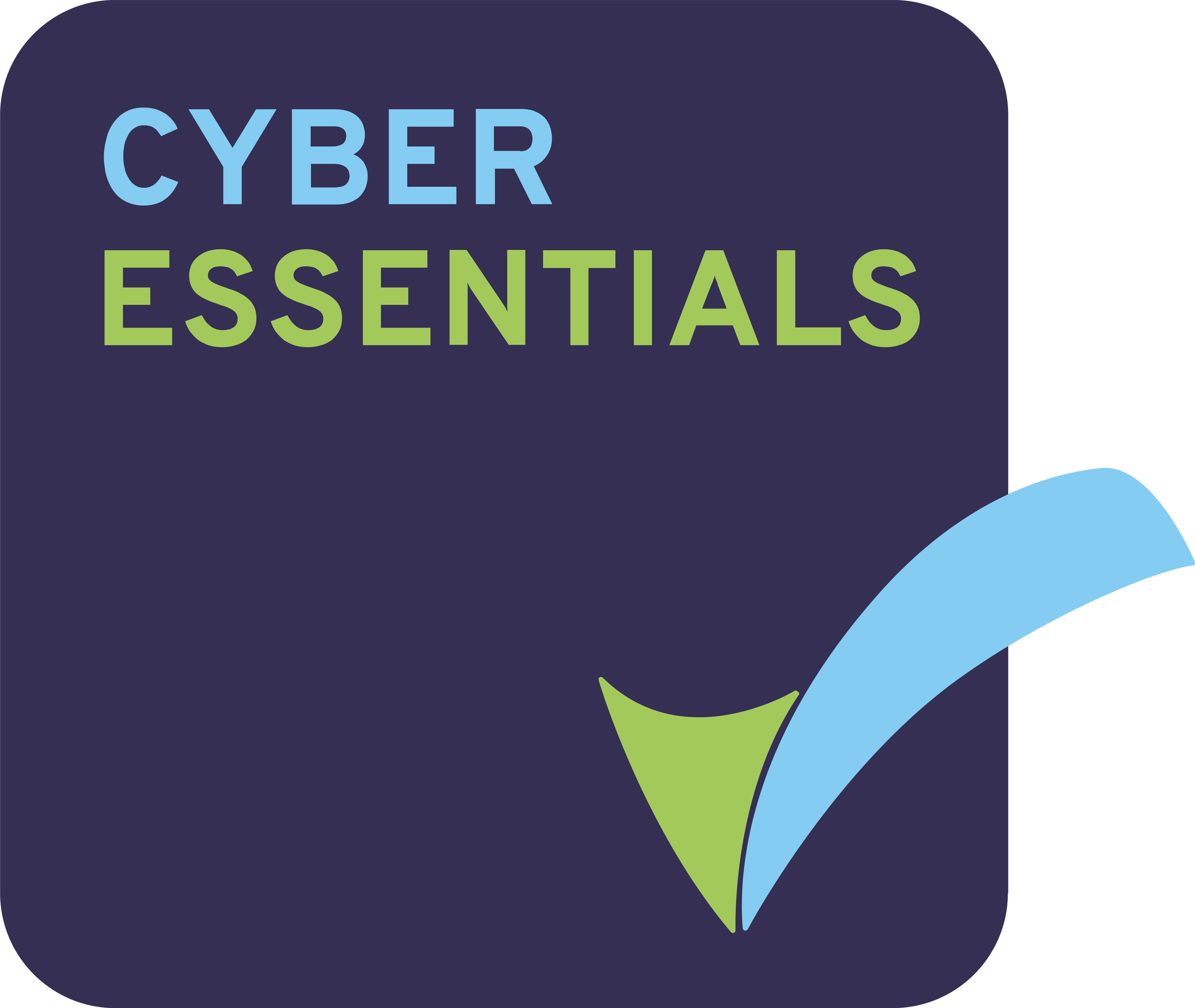In today’s digital-first world, managing the entire lifecycle of user identities, often referred to as “Cradle to Grave” Identity and Access Management (IAM), is crucial for organisations seeking to maintain security, compliance, and operational efficiency.
This approach governs every phase of an identity’s existence, from creation to deactivation, ensuring users have the right access at the right time, while preventing unauthorised access and reducing security risks.
The Identity Lifecycle: A Phased Approach
Every user identity within an organisation follows a structured lifecycle. Effective management of these stages prevents security vulnerabilities and ensures compliance.
- Birth (Onboarding & Identity Creation)
- Creation of user accounts (employees, contractors, or system identities).
- Assignment of identity attributes (name, role, department, permissions).
- Implementation of authentication policies and Multi-Factor Authentication (MFA).
- Provisioning of access to necessary systems and applications.
- Growth (Access Management & Governance)
- Enforcement of Role-Based Access Control (RBAC) or Attribute-Based Access Control (ABAC).
- Continuous monitoring and real-time auditing of permissions.
- Automated adjustments based on role changes (promotions, department transfers).
- Maturity (Identity Governance & Compliance)
- Regular access reviews to enforce least privilege access.
- Privileged Access Management (PAM) for high-risk roles.
- Implementation of Single Sign-On (SSO) for seamless authentication.
- Retirement (Offboarding & Deprovisioning)
- Immediate deactivation of accounts upon exit.
- Revocation of system, application, and data access.
- Archival of credentials and logs for compliance.
- Death (Identity Deletion & Archival)
- Secure deletion of identity data in line with regulatory requirements.
- Maintenance of logs for forensic analysis.
- Final termination of all linked accounts and permissions.
Without automation, handling these stages manually can be complex, leading to inefficiencies, security gaps, and compliance risks.
The Challenges of Manual Identity Management
Many organisations struggle with identity management due to outdated, manual processes, leading to:
- Operational Inefficiencies: Time-consuming onboarding and offboarding, creating delays and inconsistencies.
- Security Vulnerabilities: Risk of privilege creep, where former employees retain access to sensitive systems.
- Compliance Risks: Failure to meet regulatory requirements due to lack of standardised IAM controls.
Rising Security Threats Facing IAM
- Credential Stuffing: Reused passwords across services make users vulnerable.
- Insider Threats: Poor access controls can allow internal misuse.
- Supply Chain Attacks: Compromised third-party identities can provide backdoor access.
- Shadow IT: Unmanaged apps bypass IAM policies, introducing uncontrolled risk.
Scalability and Integration Challenges
As organisations grow and adopt hybrid or multi-cloud environments, IAM faces new pressures:
- Platform Silos: Disconnected systems slow integration and increase management overhead.
- Legacy Infrastructure: Old systems often resist automation or modern protocols.
- Scalability Gaps: Growth can outpace IAM capabilities without cloud-native architecture.
- API Complexity: Secure, scalable integration with hundreds of apps demands robust API support and governance.
Emerging Trends in Identity and Access Management
Modern IAM must align with the fast-changing security landscape. Trends include:
- Passwordless Authentication: Biometrics and passkeys are replacing passwords to enhance user experience and security.
- Decentralised Identity (DID): Blockchain-based IDs return control to users and reduce central attack surfaces.
- Identity as the New Perimeter: In a cloud-first, hybrid world, IAM now acts as the frontline defense against attacks.
- AI & Behavioural Analytics: Machine learning helps detect anomalous behaviour for proactive threat response.
IAM Success Metrics
To measure the impact and maturity of IAM, organisations should track:
- Time to Provision/Deprovision: Lower times reflect higher efficiency.
- Access Certification Completion Rates: Measures governance effectiveness.
- MFA Adoption Rates: A key indicator of security posture.
- Audit Findings or Compliance Violations: Fewer violations indicate better IAM health.
- Dormant Account Rates: High rates signal risk and inefficiency.
How Able+ Streamlines the Identity Journey
To address these challenges, New Era Technology offers Able+, a robust IAM solution designed to automate and streamline identity lifecycle management. Able+ ensures:
- Seamless Onboarding & Offboarding: Automated provisioning and deprovisioning of user accounts, eliminating delays and security risks.
- Role-Based & Attribute-Based Access Control: Enforces least-privilege access, preventing unauthorised permissions.
- Self-Service Capabilities: Reduces IT workload by allowing users to manage their access requests and password resets.
- Regulatory Compliance & Audit Readiness: Maintains detailed logs and reports to support audits and regulatory standards.
Conclusion: IAM as a Strategic Pillar
IAM is no longer just a technical function; it’s a strategic enabler of secure, compliant, and agile operations. By implementing a cradle-to-grave identity management strategy with tools like Able+, organisations can future-proof their security and governance framework while remaining adaptive to the evolving threat landscape.

 Australia
Australia Canada
Canada LATAM
LATAM New Zealand
New Zealand UAE
UAE United States
United States








